|
I'll be heading up to the Green Leaves SCBWI retreat tomorrow, and though I have a couple stories in progress, I really don't feel they are ready for an official critique--I'm going for a portfolio critique, and I'll continue to work on my stories until I have them in a good place. Speaking of getting them in a good place, I do think it's time to start figuring out how the story will flow and get some thumbnails, particularly for my wordless story. I searched online for a nice dummy book layout to print, but didn't see one to my liking. Either they were colored (why??? I just need some squares) or they didn't have space to write notes, which I wanted. So like any self respecting graphics-savvy person, I just made it myself. And I thought I'd make these available to anyone else who might be looking for the same things I was in a dummy layout. Feel free to print and use these as you need. If you like them feel free to share, but I would appreciate if you kept my information on them intact. Happy sketching!
0 Comments
|
Your email will not be shared with anyone. It will only be used for updates from me, and you can unsubscribe at any time.
Categories
All
|
||||||||||||||||||||||||
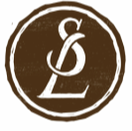
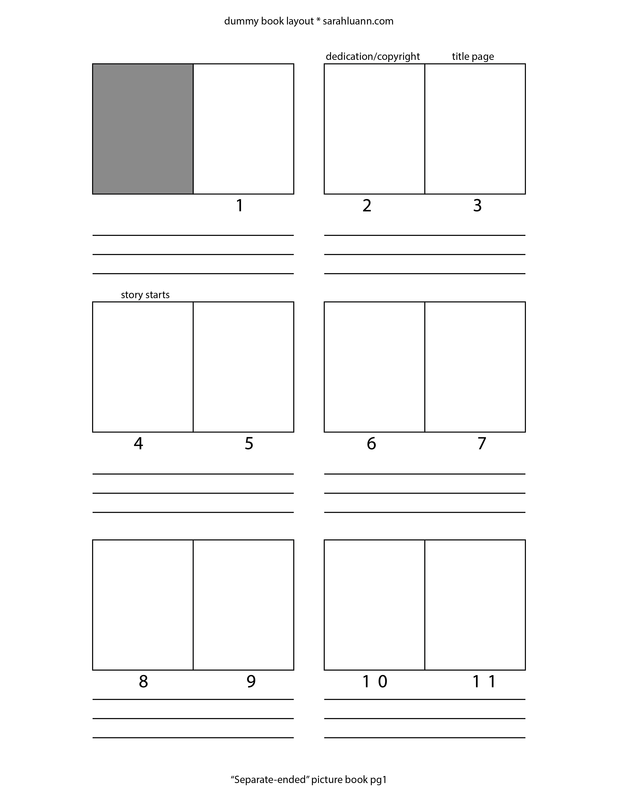
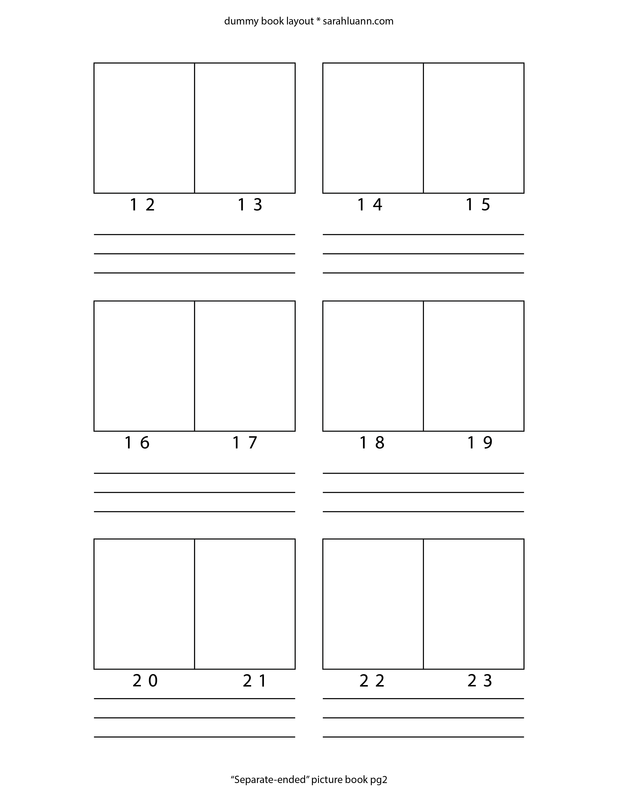
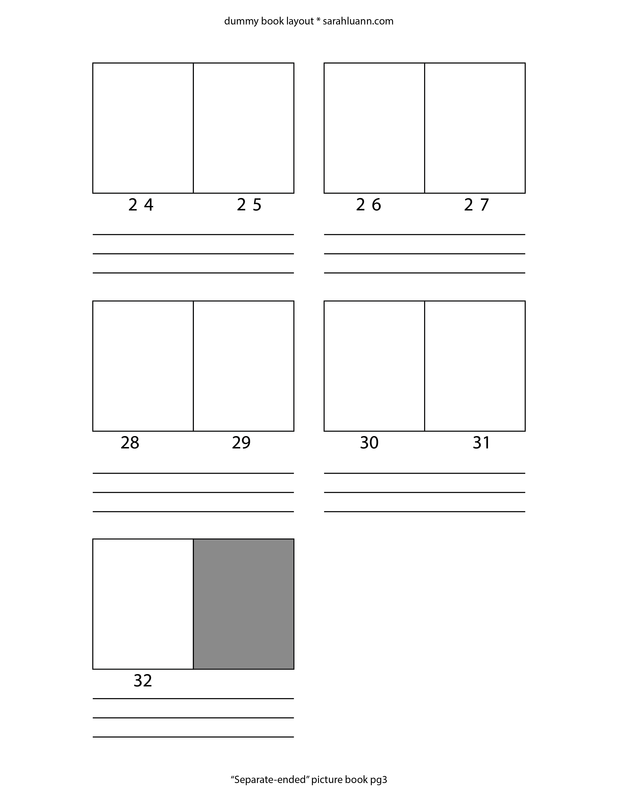
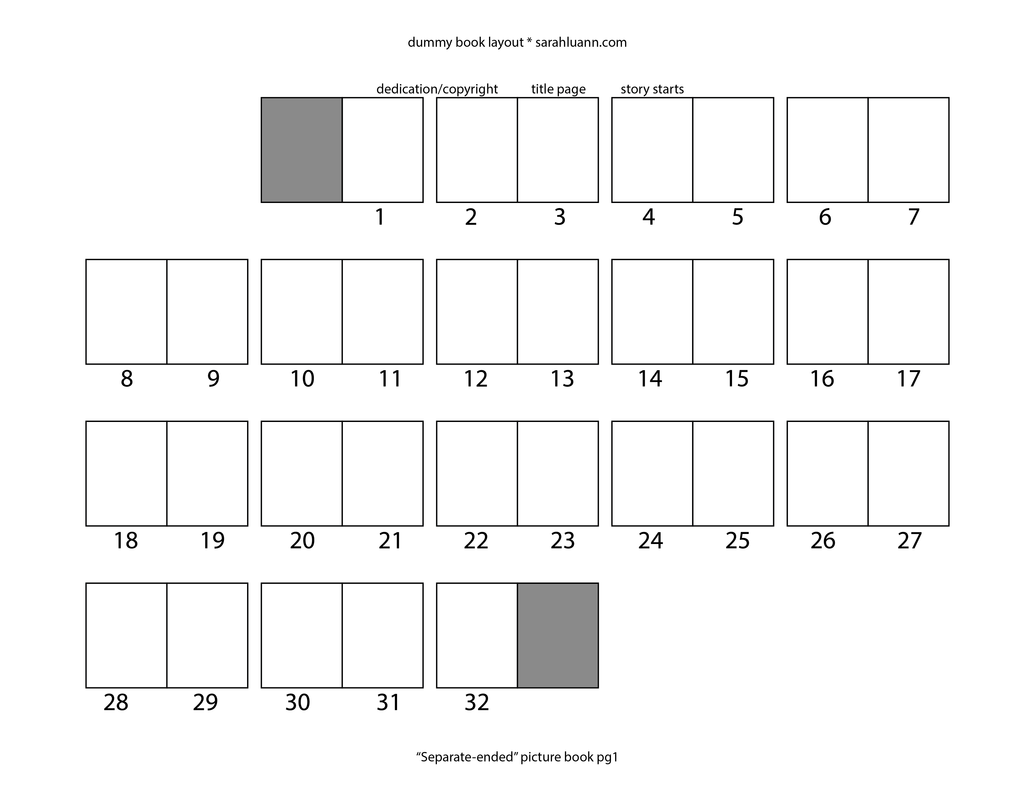
 RSS Feed
RSS Feed